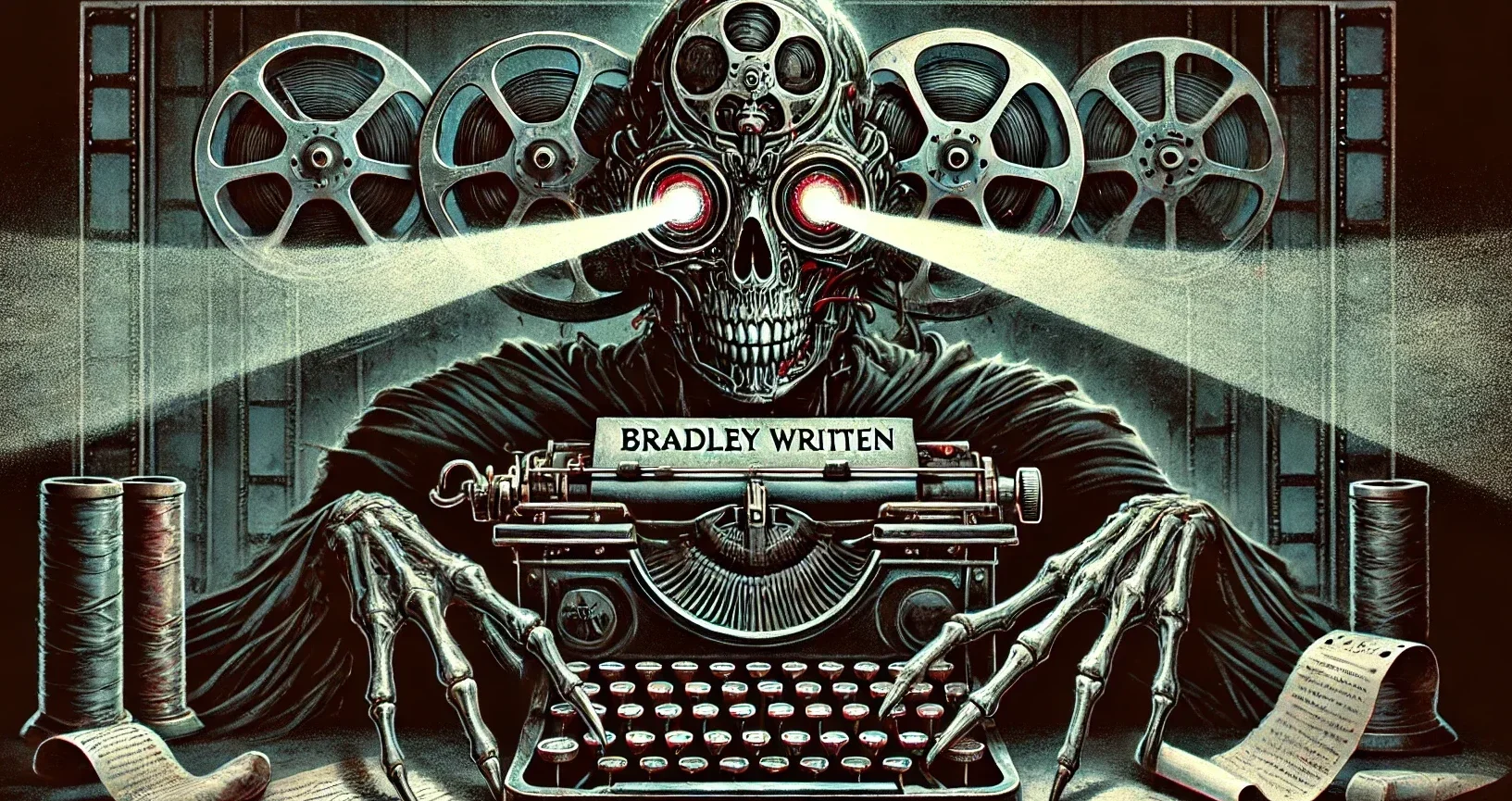Well, not really. Very, very view movies are three movies; most are hundreds or thousands of movies. And I shouldn’t stop at movies. Any piece of art is *at least* three pieces of art, and more often hundreds, thousands, or millions.
Have you seen the famous painting by Rothko? It is, very simply, a red rectangle with a smaller white rectangle within it. It was painted in a certain year with a certain medium (I don’t know, I didn’t read the little sign next to it). We could go into the brush strokes and technique, but to be honest, I know very little about the mechanics of painting. Let’s pretend I do. He used featherwhispy strokes in a countermasterful fashion, just like that Etruscan great Jean Paul Martinplex III or something like that. These are all objective facts about the painting that all of us can agree to (if you’re an expert in Martinplex-esque techniques like me). This is one way to view this piece of art.
Then we could go talk to Rothko. What were you thinking about when you painted this? What were you hoping to accomplish? What would you like your viewers to take away from these differently colored rectangles? If he answers us, and if he answers us honestly, AND if he ACTUALLY knows what he was trying to get at when he did the work, we may get at the second way to view the art: the art as the artist intended.
That’s all well and good, my dear Rothko, but when I see the red rectangle I think of the maroon accent wall in my grandma’s living room, and the white rectangle reminds me of her TV in front of that wall where I would watch the Twilight Zone on weekends while she cooked dinner. I think of her cookie jar, which never had Oreos, only Hydrox; and how my dad fought to get that cookie jar for us when she passed. I think of all my dad’s 11 siblings growing up in that tiny house, taking baths 3 at a time, getting rotten bananas from the corner store when they were going to throw them out and eating them on the roof like the most decadent treat. Rothko never met Grammy (I don’t think), but I bring these things to the art and the art brings these things out of me. That is the third way to view the art – the art as the viewer interprets it.
If you’re following, you can see how there are as many potential versions of the art as there are people that view it; but it’s actually more than that. Because I just got in a fight with my wife and now I see that red rectangle as the blind rage brought on by the constraints of modern domesticity, the white triangle as the last bastion of masculine freedom struggling against the red but being confined to a smaller and smaller space within it, the red ultimately winning. So this one piece of art means two things to me now, and tomorrow maybe it will mean another. And if I talk to you about what you see, and my wife about what she sees (we made up), the art becomes more and more rich, more powerful. Somebody offering a different perspective does not destroy my perspective! It colors it, adds to it, makes the art even more important to me.
I look at film criticism the same way. I don’t put my thoughts down in order to be the final say on what the film “means” – that’s a ridiculous idea. It means what it means to each person who tries to interpret it, you can’t take that away. What the creator wanted to say doesn’t even matter in this context, although it is fun to talk about, and can add to our own enjoyment of the film. We produce and consume art to learn things about ourselves and enrich our lives, not to be right.
So I hope you view my articles in this light, and use it to enhance your own enjoyment of the medium. I’d love to hear your opinions to enhance mine.
Cheers,
Brad
